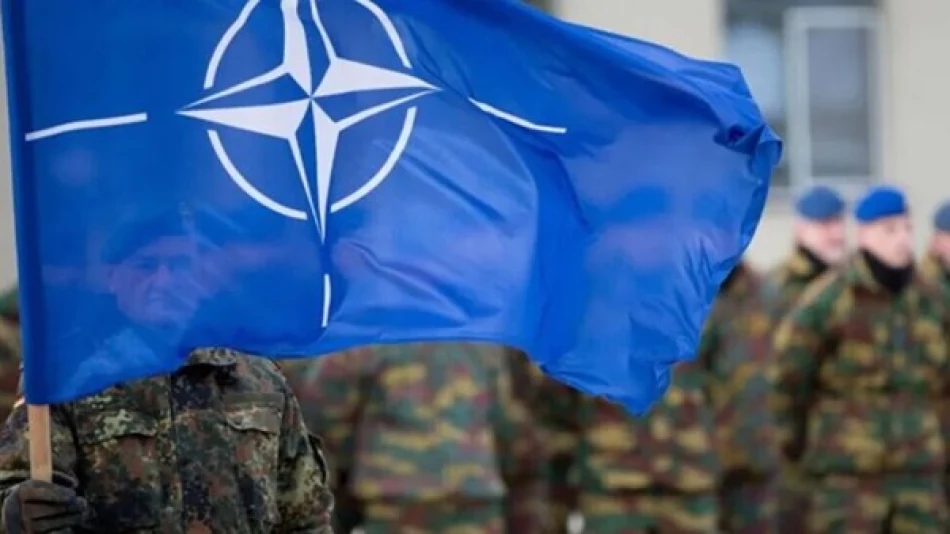
NATO Military Leaders Plan Emergency Meeting to Address Ukraine Crisis
NATO Military Chiefs Set for Emergency Ukraine Strategy Meeting as Trump-Putin Alaska Summit Reverberates
NATO's top military commanders will convene Wednesday for urgent discussions on Ukraine's deteriorating security situation, following last week's surprise meeting between Presidents Donald Trump and Vladimir Putin in Alaska. The hastily arranged virtual summit signals growing Western concern over potential shifts in U.S.-Russia dynamics that could reshape the conflict's trajectory.
High-Stakes Military Consultation
General Dan Kean, Chairman of the Joint Chiefs of Staff, is expected to participate in the online meeting, though U.S. officials cautioned that plans remain fluid. The Pentagon declined immediate comment on the gathering, which comes at a critical juncture as Ukraine faces mounting pressure on multiple fronts.
NATO's Military Committee Chairman will lead what alliance sources described as a routine defense-level meeting, though the timing suggests anything but ordinary circumstances. The session reflects the alliance's need to rapidly assess and respond to evolving geopolitical realities.
Alaska Summit Casts Long Shadow
Supreme Allied Commander General Alexios Grynkewich is scheduled to brief defense leaders on the Alaska meeting's outcomes, marking the first comprehensive NATO assessment of the Trump-Putin discussions. The bilateral summit, conducted away from traditional diplomatic channels, has raised questions about potential changes to U.S. support for Ukraine.
The Alaska venue itself carries symbolic weight—neutral ground that recalls Cold War-era superpower diplomacy, when geographic isolation provided space for sensitive negotiations away from media scrutiny and allied pressure.
Strategic Implications for Alliance Unity
This emergency consultation highlights NATO's delicate position as it navigates between maintaining alliance cohesion and adapting to shifting American priorities. European members, particularly those bordering Russia, are likely pressing for clarity on long-term U.S. commitments to Ukrainian defense.
The virtual format, while practical, also reflects the urgency—traditional in-person NATO gatherings require weeks of preparation, suggesting this meeting was arranged rapidly in response to Alaska developments.
Military vs. Political Calculations
By focusing on military leadership rather than political figures, NATO appears to be seeking operational continuity even amid potential policy shifts. Defense chiefs can maintain tactical cooperation and intelligence sharing regardless of evolving political winds, preserving alliance functionality during uncertain transitions.
The meeting's outcomes could signal whether NATO will maintain its current Ukraine strategy or begin contingency planning for alternative scenarios, making Wednesday's discussions a crucial barometer of Western resolve.
Most Viewed News

 Layla Al Mansoori
Layla Al Mansoori






